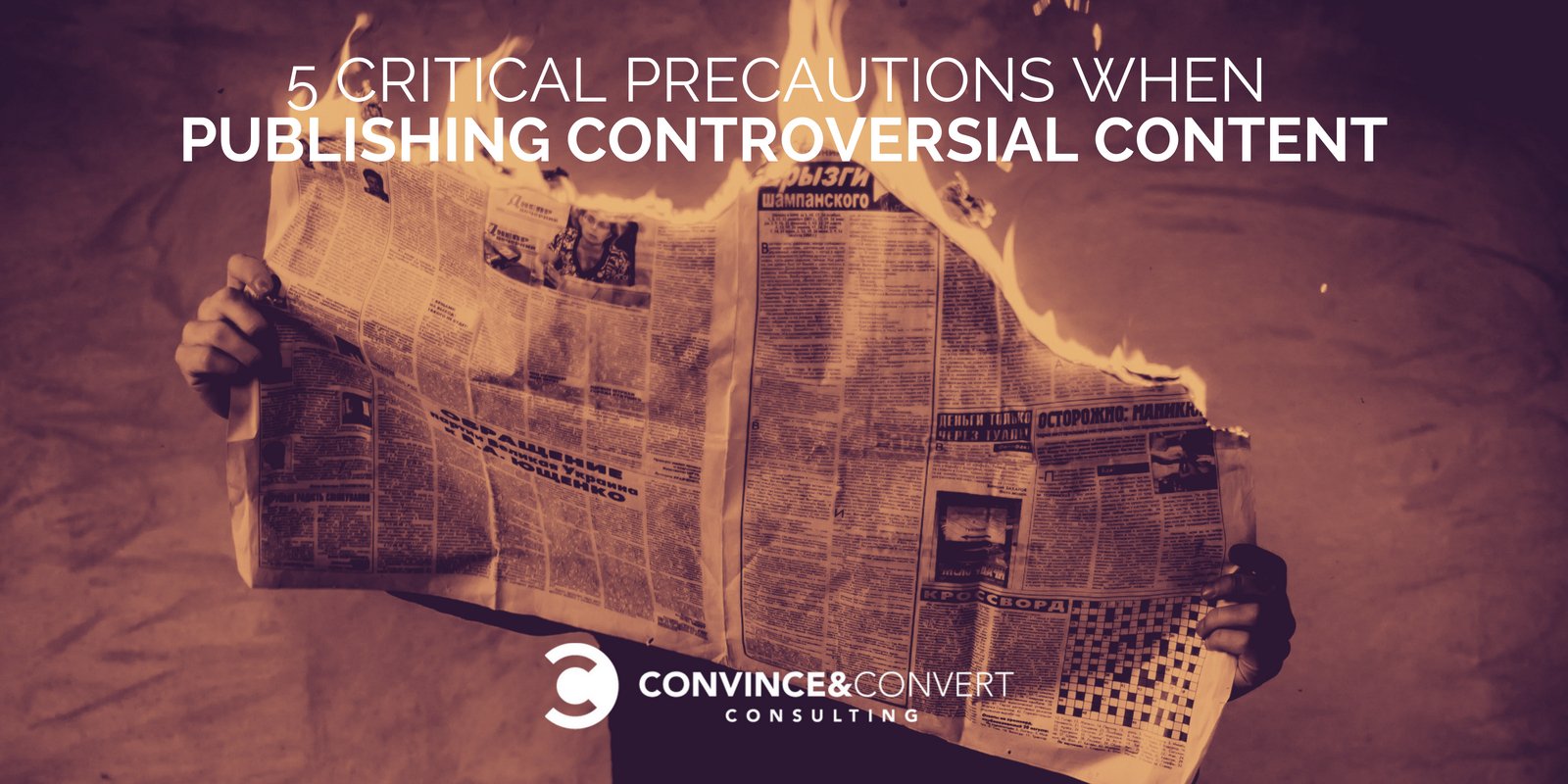
We post an overwhelming amount of content online every day. Each month, people read over 23 billion blog posts on WordPress.
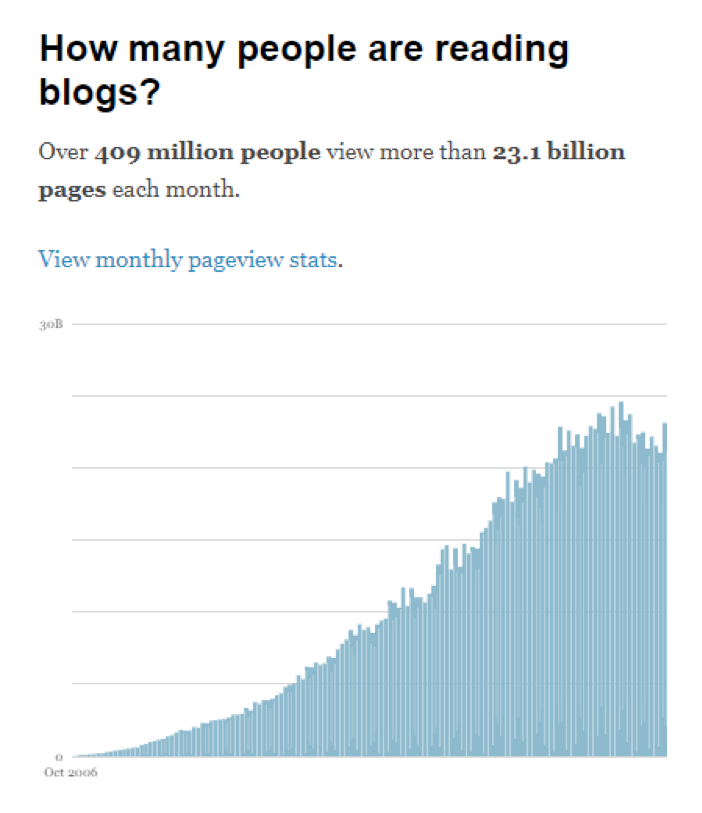
Certainly, that’s not enough, so we also upload 18,000 hours of video to YouTube every minute!
For brands to be seen and heard, they often resort to releasing content intended to grab people’s attention. There’s a reason brands still release controversial content: It gets people talking. Content marketers want to create binge-worthy experiences that keep their audience engaged and coming back for more, yet many fall into the trap of releasing content that comes back to haunt them.
With such high competition, there is little to gain by playing it safe, but there is always great risk involved with publishing this type of content. If you want to avoid an image-damaging fiasco, there are several key practices your marketing team must consider before they release a potentially controversial piece of content.
1. View the Message from All Angles
The first step your team must take is to assess your audience and anticipate their reactions. This requires your marketing team to take a good, hard look at the target audience and beyond.
One factor that sets successful marketing teams apart is that they conduct in-depth audience research on a regular basis to ensure they understand who they are marketing to. Missing the mark on your audience’s reaction can completely negate any positive messaging intended by your brand.
Take Pepsi’s infamous commercial with Kendall Jenner as an example. They wanted to show their support for the Black Lives Matter movement but ended up offending their audience simply because they failed to look at the message from various angles. This simple audience oversight caused quite a stir that could have been avoided if the marketing team had thoroughly reviewed the message from the standpoint of various audience segments. Now, the ad is the butt of all kinds of jokes and memes across the web.
Sure, it’s nearly impossible to create content without offending someone these days. Make sure your team takes the time to break down each message and the potential ripple effect. They need to be overly critical in identifying any red flags that could spark backlash.
2. Back Claims With Credible Data
If your business is going to make claims of any sort, they must be verifiable and accurate. Rattling off numbers and statistics without citing the source is a surefire way to eliminate any credibility. Audiences nowadays are quite skeptical of brand messaging.
According to a McCann survey, 42 percent of Americans find businesses untrustworthy, since so many make huge claims that they cannot back up. Considering the obviously fraudulent claims that many advertisers make, it is not surprising that so many consumers feel this way.

The rule of thumb here is to include a link or citation for any fact or claim included in your company’s content, always. Be sure that the source is credible, relevant, and recent. When citing a source, tools like WOT are fantastic for revealing whether or not a site is trustworthy. This free browser extension informs you have a site’s credibility as soon as you land on a page.
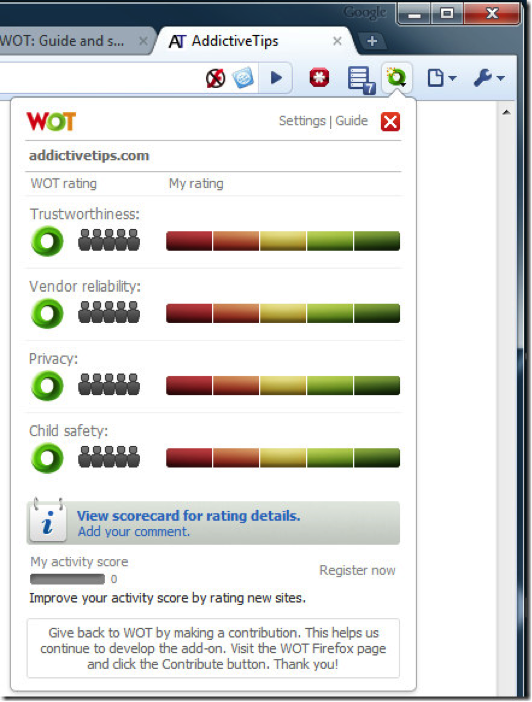
Real-life testimonials from customers, clients, or employees within your own brand are another reliable source of information to supplement your content. Audiences typically view these third-party insights typically as more valuable due to their unbiased nature.
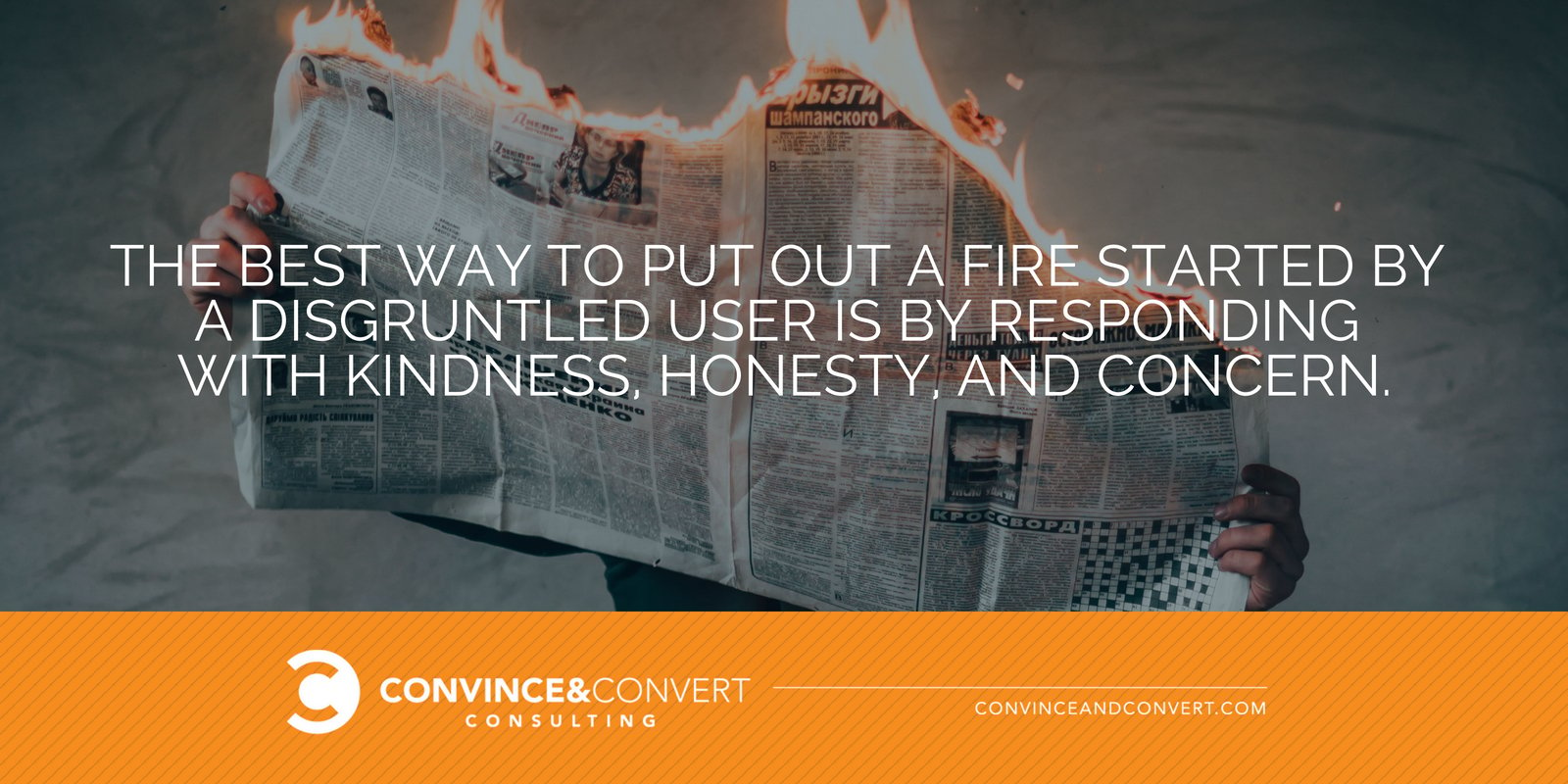
3. Set Up a Notification-Response System
Once you decide to go ahead with a piece of controversial content, stay informed on the responses of your audience. Should your content cause any concern or questions, the faster you are able to reply, the better. Statistics show that you only have one day to respond to an inquiry; otherwise, things could get out of hand. In the era of “constant connectedness,” this timeline is only getting shorter.
Tools like Talkwalker Alerts (free) will send you a notification when your brand name, content, or specific keywords are mentioned on Twitter and across the rest of the web. You can set up the alerts to filter by news source, social media, blogs, or discussion forums. You can choose to receive alerts in real time, daily, or weekly.
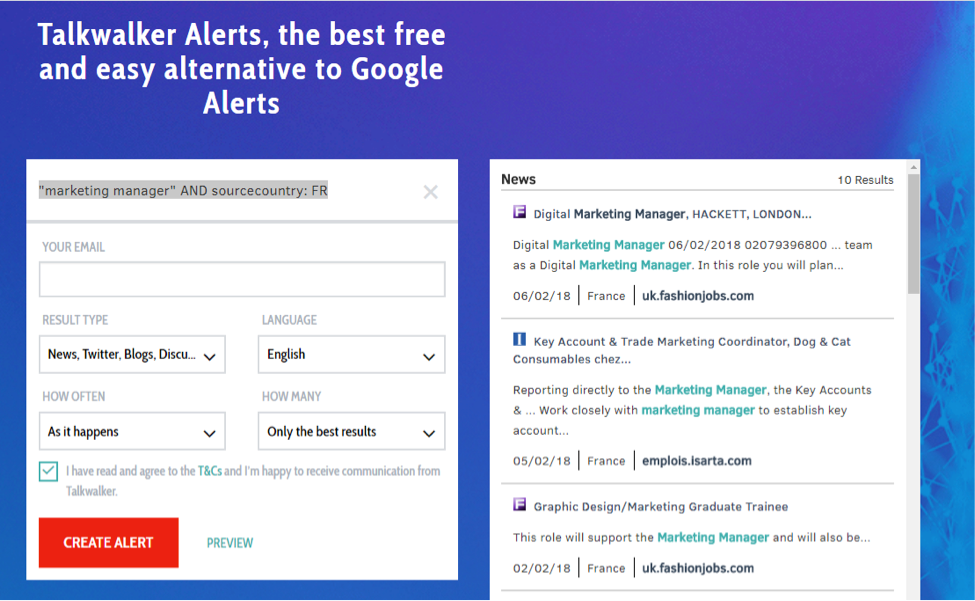
Here’s the best part: The system uses Boolean operators to customize the results based on your exact needs, so you only see the sentiments that matter most. This makes Talkwalker Alerts fundamentally better than Google Alerts.
When it comes to controversial content, you need to be on the ball when people start responding. In many ways, how you react after the content’s release is more important than the content itself.
You have one day to respond to a customer inquiry. Share on X4. Avoid Sounding Like Propaganda
In the era of “fake news,” many readers know to be wary of outrageous headlines intended to stir up a response. This, of course, breeds distrust between consumers and businesses—it’s easy to blur the lines separating truth from fiction. Pew Research Center found that 23 percent of Americans have shared a fake story online, most often by accident, and only 39 percent of the public feel that they are able to tell when a story is fake.
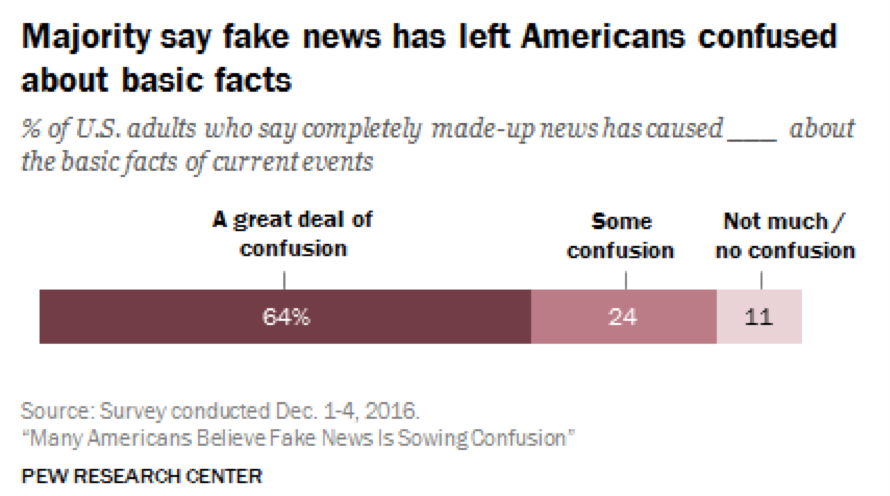
Since your audience may not be able to tell whether or not your controversial content is real or fake, it is often best to avoid any confusion at all. Steer clear of “click bait” verbiage, and stick to clear language that eliminates any potential mistrust.
5. Stay Respectful
Finally, always show respect and professionalism in every single interaction you have with a user. Often, people want to stir up a response from a business because of a misunderstanding or dishonest claim. The best way to put out a fire started by a disgruntled or offended user is by responding with kindness, honesty, and concern.
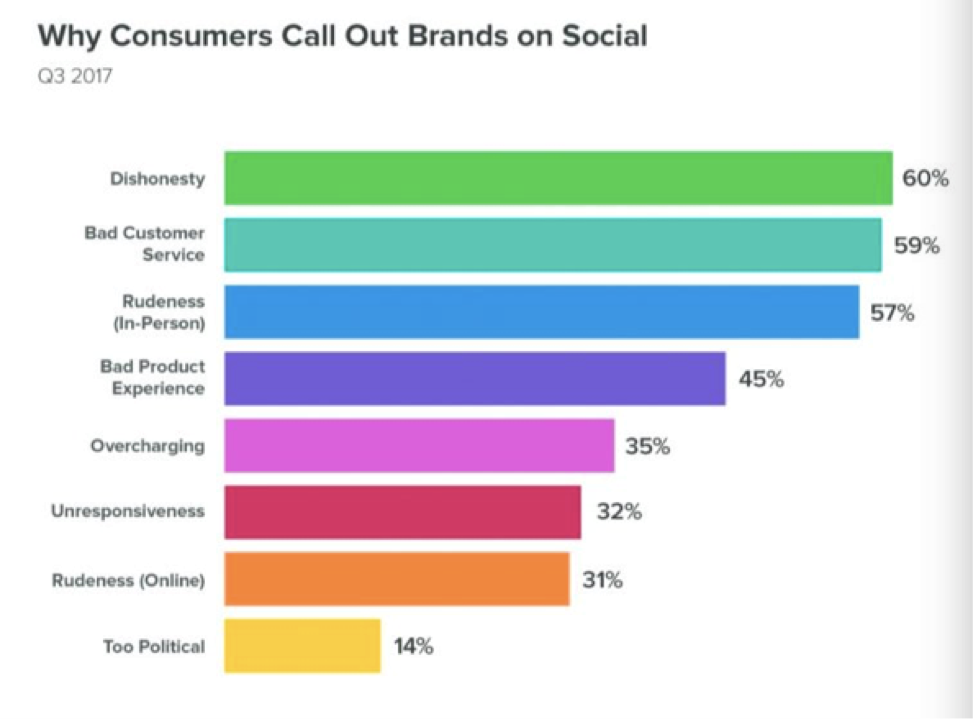
No marketing team is perfect, and even the most talented organizations slip up from time to time. If this should happen to you, it’s best to acknowledge any mistakes and respond appropriately.
Before releasing the content (assuming you’ve looked at the message from all angles), formulate a pool of preemptive responses and procedures to use in case of angry users. When you don’t prepare for backlash, your mistakes can morph into full-blown crises.
Controversy is important. It gets people talking and can bring a whole new level of visibility to your brand. If executed correctly, it can be your best friend. Know your audience backwards and forwards, and look at your message from a wide range of perspectives to anticipate the reactions. Finally, make sure that your team is prepared to communicate with audiences quickly and respectfully to avoid any PR nightmares down the road.

